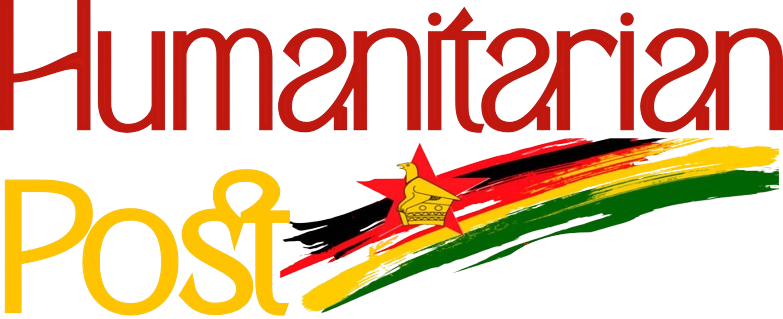Zimbabwe’s Food Security Improves Amid Strong Harvests, Stable Currency – WFP Report

By Staff Reporter
Zimbabwe’s food security has seen significant improvement, driven by favorable harvests, a stable local currency, and a range of successful intervention measures, according to the latest report from the United Nations World Food Programme (WFP).
The WFP’s Food Security and Markets Monitoring Report for July 2025, released last Friday, highlights positive trends in both rural and urban markets across the country. The report reveals widespread availability of key staple foods, such as maize meal, and reports that prices have either remained stable or even dropped compared to last year.
“Zimbabwe’s food security outlook in July 2025 showed clear signs of improvement, driven by an above-average harvest, a stable local currency, and ongoing resilience-building efforts across the country. Our field monitoring found that maize meal was available in 97% of locations, and prices were either stable or lower than last year,” the WFP report states.
The report also noted that livestock conditions had improved, thanks to climate-smart breeding techniques, vaccination programs, and drought mitigation efforts.
Economic Stability and Income Growth
WFP commended Zimbabwe’s economic management, especially the government’s success in containing inflation. The country’s economic indicators remained relatively stable, with the local currency holding its value and inflation seeing only a modest month-to-month increase.
“Key economic fundamentals remain positive, with stable inflation and a steady local currency. Remittances, cash crop sales, and small village businesses continue to support household incomes, particularly in rural areas,” the report observed.
However, the WFP also highlighted that challenges remain for youth and women, particularly in accessing productive resources, urging for faster and more inclusive support measures.
“Despite overall progress, youth and women continue to face barriers in accessing resources that could improve their livelihoods. More targeted interventions are needed to address these challenges,” the report added.
Inflation and Price Stability
While the local currency has maintained relative stability, inflationary pressures persist. The report recorded a 1.6% increase in month-on-month inflation in July 2025, up from 0.3% in June. However, annual inflation remained high at 95.8%, signaling continued price pressures across the country despite currency stability.
The WFP highlighted improvements in income-generating activities across various districts, with tobacco and cotton sales at record levels, providing a much-needed boost to household earnings. Furthermore, village business units run by women and youth also contributed to both local employment and income generation.
Availability of Food Across Markets
Both rural and urban areas reported abundant food supplies. Maize meal, rice, wheat, vegetable oil, and sugar beans were consistently available in monitored markets, with maize meal especially accessible in 97% of locations. Notably, prices for staples such as maize meal and rice had decreased year-on-year, contributing to improved food access for vulnerable households.
The WFP also observed a positive recovery trend following the previous year’s El Niño-induced drought, which had led to significant food shortages. Interventions, including borehole drilling and the establishment of drought mitigation centers, played a key role in safeguarding the national livestock herd in the southern regions, the report noted.
**Improved Crop Yields and Livelihoods**
The good harvest in 2025 has brought optimism, especially in provinces that previously struggled with food access. The reduction in maize meal prices in both surplus and deficit areas has improved food access, particularly for poor households.
In addition, increased cotton sales have helped boost incomes in many areas, allowing families to invest in education, healthcare, and small businesses.
The report also highlighted progress in winter wheat farming, particularly in the Midlands and Mashonaland East regions. Farmers have benefited from prioritized electricity supplies to irrigation clusters, as well as rainwater harvesting training and increased access to mechanization.
“Collaboration between the Zimbabwe Electricity Transmission and Distribution Company (ZETDC) and the Zimbabwe National Water Authority (ZINWA) has ensured uninterrupted irrigation, benefiting farmers in key wheat-growing regions,” the report concluded.










